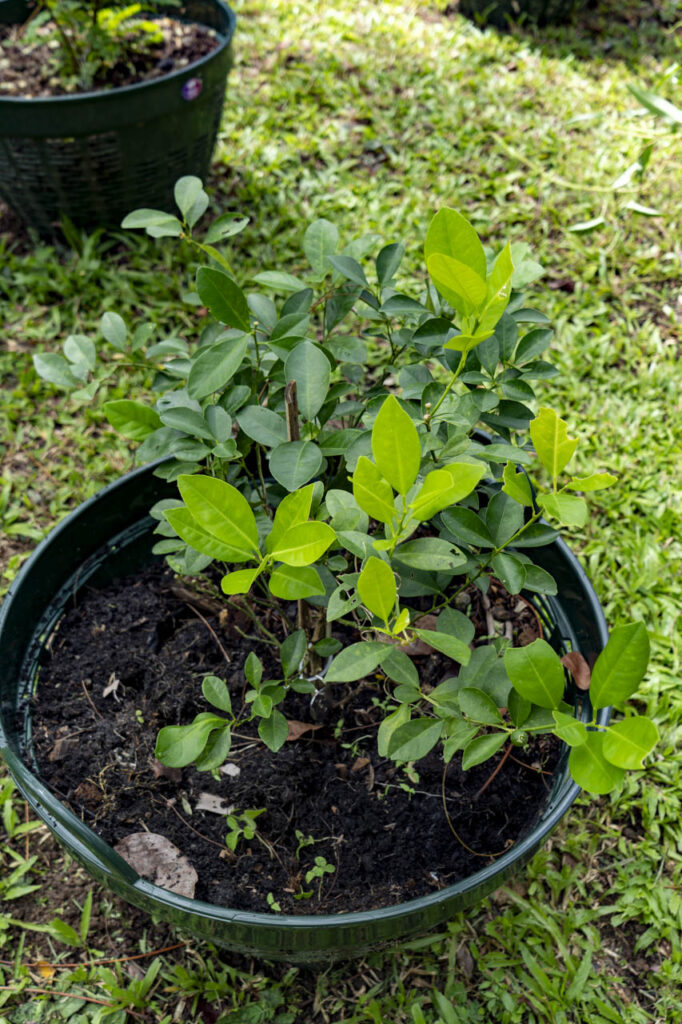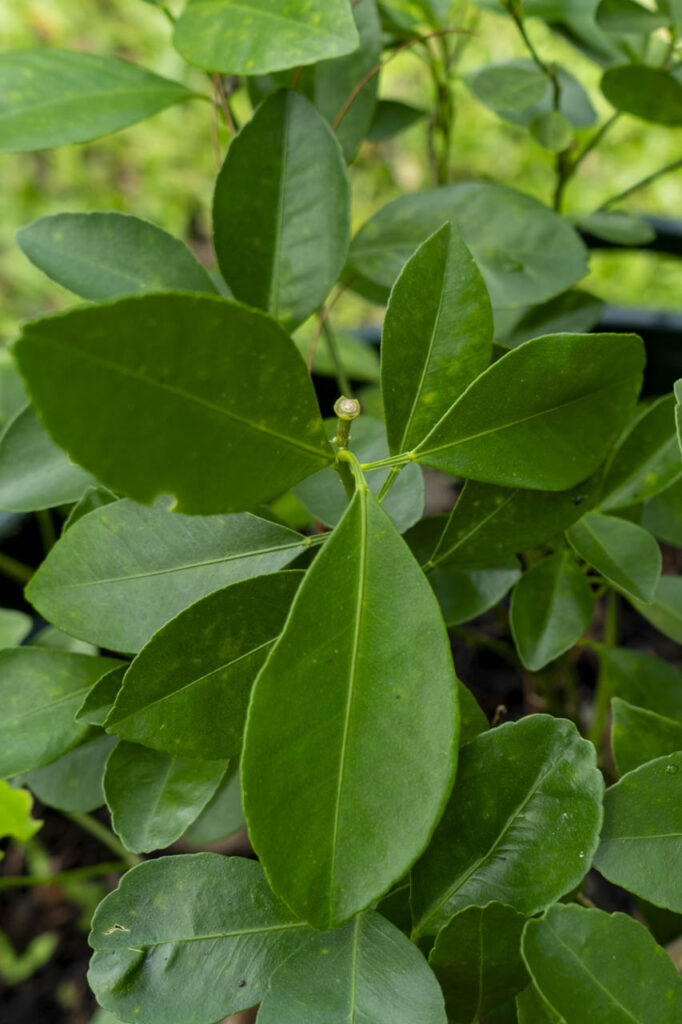Orangeberry
Glycosmis pentaphylla, known in English as Orangeberry and in Thai as หมากกร่าง
Orangeberry is a lesser-known but culturally important plant in Thai Traditional Medicine.
This hardy shrub grows easily in tropical gardens and has been valued for its gentle digestive and fever-reducing properties. It’s one of those quiet village plants—often overlooked by outsiders but trusted by Thai herbalists for generations.
Frequently Asked Questions:
What is Glycosmis pentaphylla used for in Thai Traditional Medicine?
It is used for reducing fever, supporting digestion, detoxifying the body, and as a mild herbal diuretic.How is Glycosmis pentaphylla prepared?
Its leaves and sometimes small berries are brewed as a tea or used in decoctions.Are there any side effects or precautions?
It is considered gentle and safe when used traditionally. Excessive consumption may cause mild digestive upset.Where does Glycosmis pentaphylla grow naturally?
It grows naturally throughout Thailand and Southeast Asia, especially in garden settings and wild scrub areas.
Medicinal Uses in Thai Traditional Medicine:
Fever relief
Stomach ache relief
Detoxification support
Mild diuretic
General immune system support
Preparation Methods:
Tea or decoction of leaves
Infusion including berries when available
Historical Context:
Glycosmis pentaphylla has been present in Thai village medicine for centuries, often used quietly in the home rather than in formal temple medicine texts. Older herbalists speak of it as “the plant for everything mild,” good for treating stomach issues in children or as a backup remedy when stronger herbs are not available. Its small orange-like berries give it the English name Orangeberry, though in Thai use, the leaves are most valued.
Health Benefits / Therapeutic Actions (Functional Tags):
fever relief, digestive health, detoxification, mild diuretic, immune support, skin health
Botanical Details:
Latin Name: Glycosmis pentaphylla
Common English Name: Orangeberry
Thai Name: หมากกร่าง
Family: Rutaceae
Synonyms (Botanical): Glycosmis cochinchinensis (Lour.) Spreng.
Plant Type/Habit: Shrub, evergreen
Parts Used Medicinally: Leaves, berries
Flowering/Fruiting Season: Varies; small white flowers and orange berries when mature
Native Range/Distribution: Thailand, Southeast Asia, tropical regions
Growing Conditions: Prefers partial sun, adaptable to various soil types
Key Bioactive Compounds:
Alkaloids: Contribute to antimicrobial and mild analgesic effects
Flavonoids: Support antioxidant activity and general immune health
Pharmacological Actions:
Antipyretic: Helps reduce fever
Digestive stimulant: Supports stomach and intestinal function
Antioxidant: Protects cells from oxidative stress
Mild antimicrobial: Supports immune defense against minor infections
Contraindications/Precautions/Side Effects:
Considered low-risk; excessive intake may cause minor digestive upset
Relevant Scientific Studies/References:
Kirtikar, K.R., & Basu, B.D. (1935). Indian Medicinal Plants.
Dubey, N.K., et al. (2004). Antimicrobial activities of medicinal plants used in traditional herbal medicine in India. Journal of Ethnopharmacology.
Disclaimer:
We have created this garden to share the story and cultural history of Thai Traditional Medicine through the ages, from past to present. The information provided here is for educational purposes only. It is not intended as medical advice. Always consult a qualified healthcare professional regarding any health concerns or treatment decisions.


